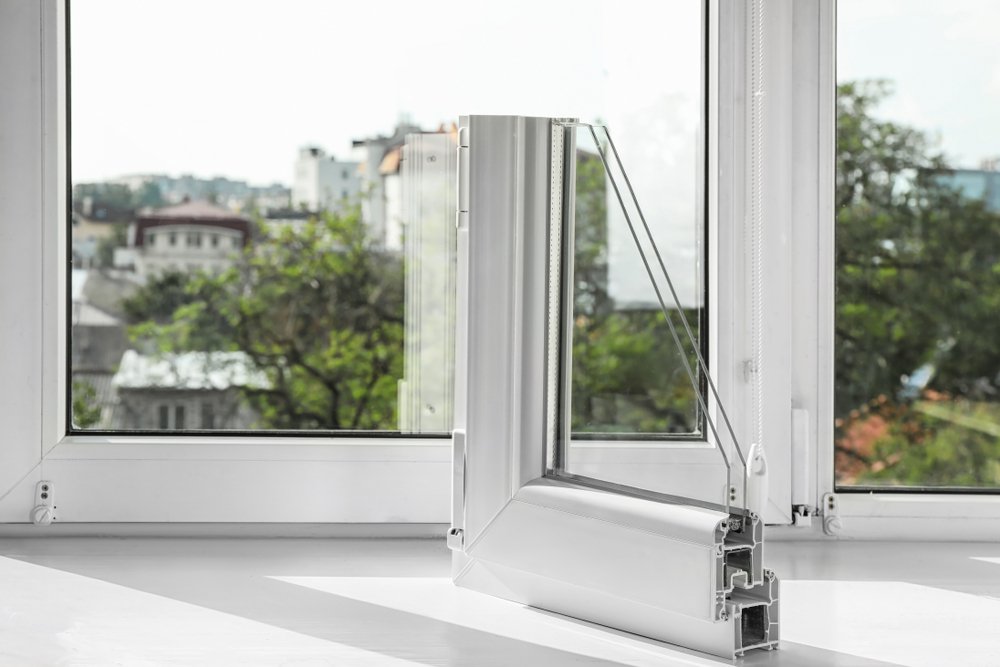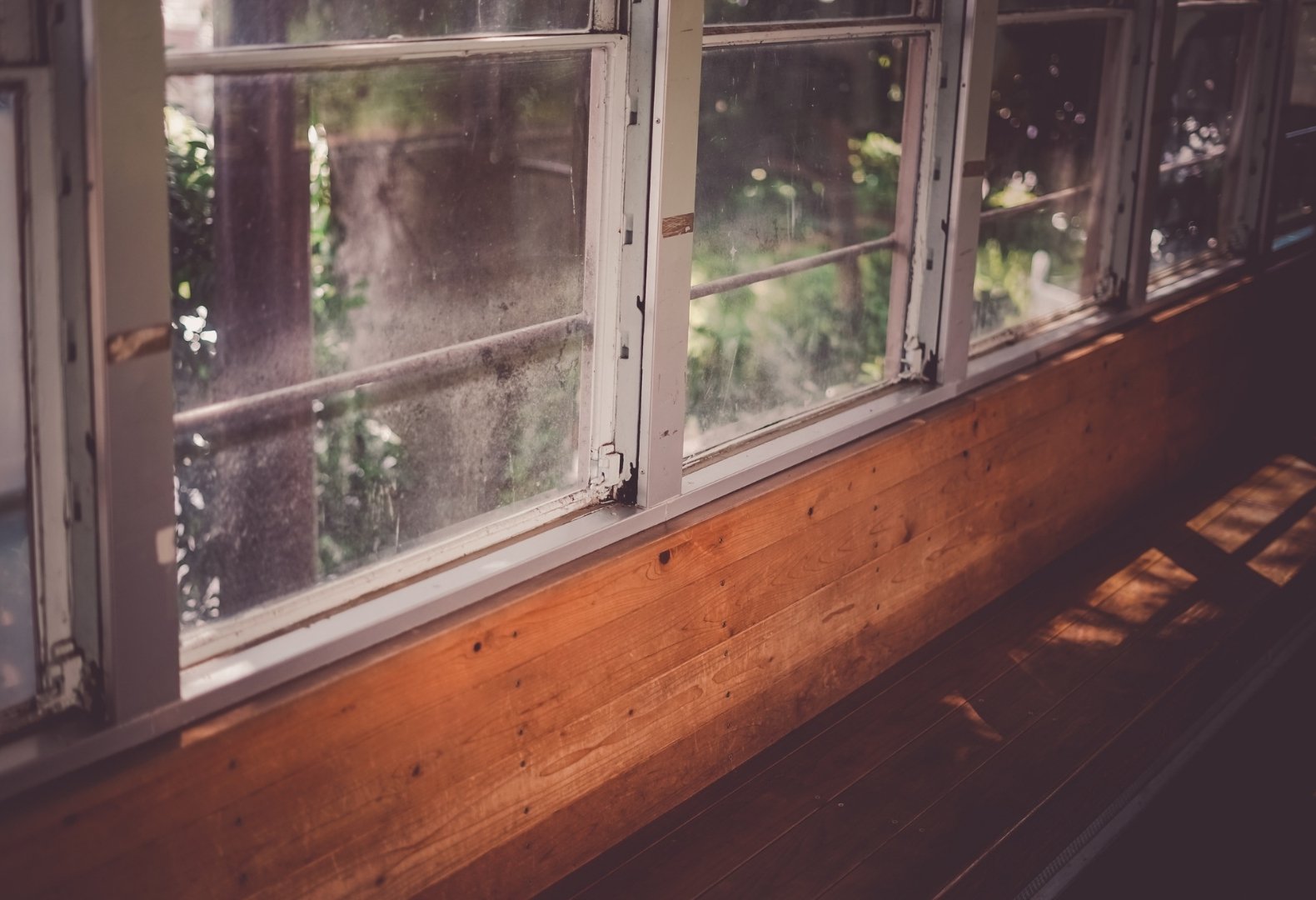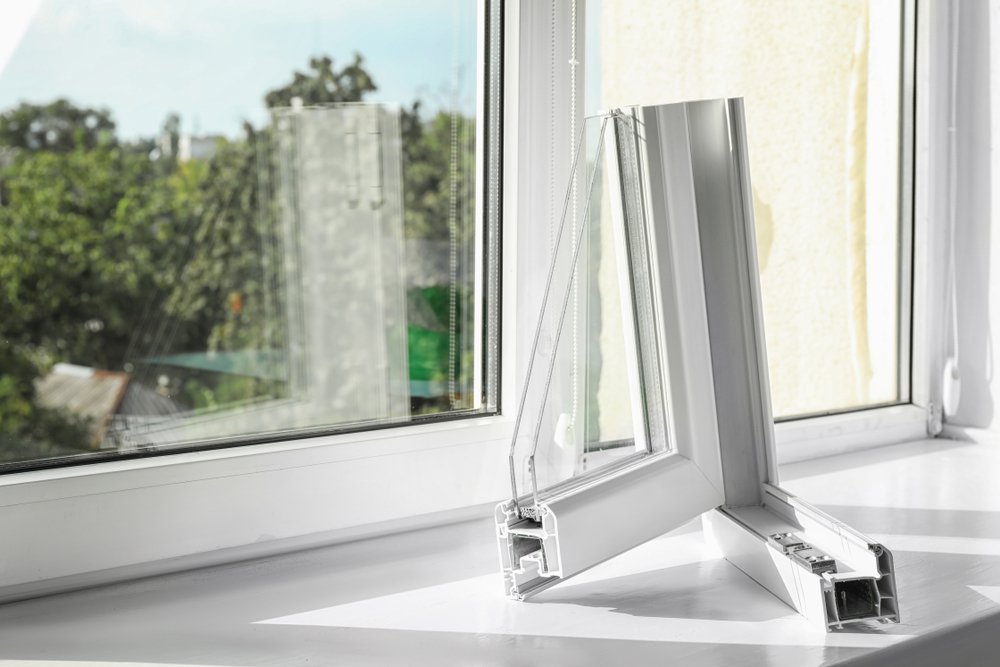Double pane windows are a proven way to improve building energy efficiency and reduce monthly energy bills. By slowing the transfer of heat through insulated glass, they help regulate indoor temperatures more effectively than traditional single-pane windows. This translates to less energy used for heating in winter and cooling in summer.
In Canada’s climate, where extremes are common, this insulation upgrade can reduce energy consumption by 10% to 25%. For homeowners and builders alike, double pane windows represent a smart investment that delivers comfort and long-term savings.
The Science Behind Double Pane Windows and Energy Savings
To understand how double pane windows lower energy costs, it's helpful to look at the technology inside. Each unit is made with two panes of glass separated by a sealed space filled with air or inert gas, usually argon. This setup creates an effective thermal barrier that slows down the transfer of heat from one side of the glass to the other.
Additionally, Low‑E (low-emissivity) coatings reflect heat back toward its source. In winter, heat stays inside; in summer, solar gain is reduced. As a result, homes remain comfortable with less reliance on heating and cooling systems.
The combination of gas fills, coatings, and tight seals significantly reduces HVAC load over time. Not only does this improve energy efficiency, but it also supports long-term cost management across seasons.

How Double Pane Windows Reduce Heat Transfer
Energy savings begin with how double pane windows are constructed. The two glass panes are separated by a sealed airspace, often filled with argon gas, which acts as a thermal barrier. This setup reduces the amount of heat that escapes during cold months or enters during summer.
Because the interior environment stays more stable, HVAC systems don’t need to work as hard. As a result, energy use decreases, bringing down costs and extending the lifespan of your mechanical equipment.
In addition, this layered construction helps reduce drafts and cold spots near windows, making indoor spaces feel more comfortable throughout the year. The improved insulation also enhances acoustics by minimizing noise transfer from outside.
Energy Performance Features That Matter
Not all double pane units are created equal. High-performance IGUs often include warm-edge spacer systems and dual-seal technology to preserve the insulation over time. These components help resist condensation, maintain gas fill integrity, and extend the lifespan of the unit.
For example, warm-edge spacers reduce thermal bridging at the edge of the glass, where traditional metal spacers may allow heat to escape. This small design improvement contributes significantly to year-round energy performance.
Double Pane Windows and Customization Options
Today’s double pane windows are highly customizable. Whether you’re working with a builder or retrofitting an existing space, insulated glass units can be tailored to size, tint, and coating to match performance and aesthetic needs.
For colder climates, triple glazing might be considered. However, properly manufactured double pane options with argon gas and Low‑E coatings can deliver comparable results at a lower cost.

Double Pane Windows in Commercial Projects
Although they’re commonly associated with residential use, double pane windows are also standard in commercial buildings that value energy performance. Office complexes, retail stores, and multifamily housing developments benefit from reduced operating costs and improved occupant comfort.
Some projects may also qualify for energy rebates or LEED certification points when using IGUs that meet performance standards. The cost of installation is often offset by long-term utility savings and improved building value.
Long-Term Durability and Maintenance
One major benefit of double pane windows is how well they retain performance over time. Sealed units resist condensation, fogging, and seal failure when made properly. This keeps thermal resistance high while keeping maintenance demands low.
Furthermore, advanced sealant systems prevent moisture intrusion and gas leakage. Many high-quality units include dual-seal configurations and warm-edge spacers that reduce long-term stress on the glass.
In addition, glass coatings and treated surfaces simplify cleaning by repelling dirt and debris. This not only improves clarity and appearance but also reduces the effort and frequency of maintenance over the years.
When to Upgrade to Double Pane Windows
Older single-pane windows are among the biggest sources of heat loss in homes and buildings. If your current windows are drafty or show signs of seal failure, an upgrade can lead to immediate energy savings. It also improves indoor air quality and comfort.
In regions like Calgary, where winters are long and heating costs are high, the payback period for energy-efficient windows is relatively short. Compare upgrade options.
Beyond energy performance, new windows can also enhance property value and curb appeal. Today’s double pane options come in a range of styles and finishes that complement both modern and traditional designs while delivering technical advantages.

Choose Precision That Saves Energy and Costs
Double pane windows remain one of the most cost-effective upgrades for energy-conscious construction. They combine proven insulation technologies, such as Low‑E coatings, argon gas fills, and warm-edge spacers, to deliver measurable performance in diverse climate conditions.
If you’re planning a residential, commercial, or multi-unit project, it’s important to partner with a supplier that understands both energy efficiency and turnaround time.
Insul‑Lite Manufacturing™ can help you explore insulated glass solutions tailored to your project. Our team will guide you in selecting sealed units that meet your specifications, align with code requirements, and support long-term performance.
Reach out today to speak with a glass expert and get the insight you need.





